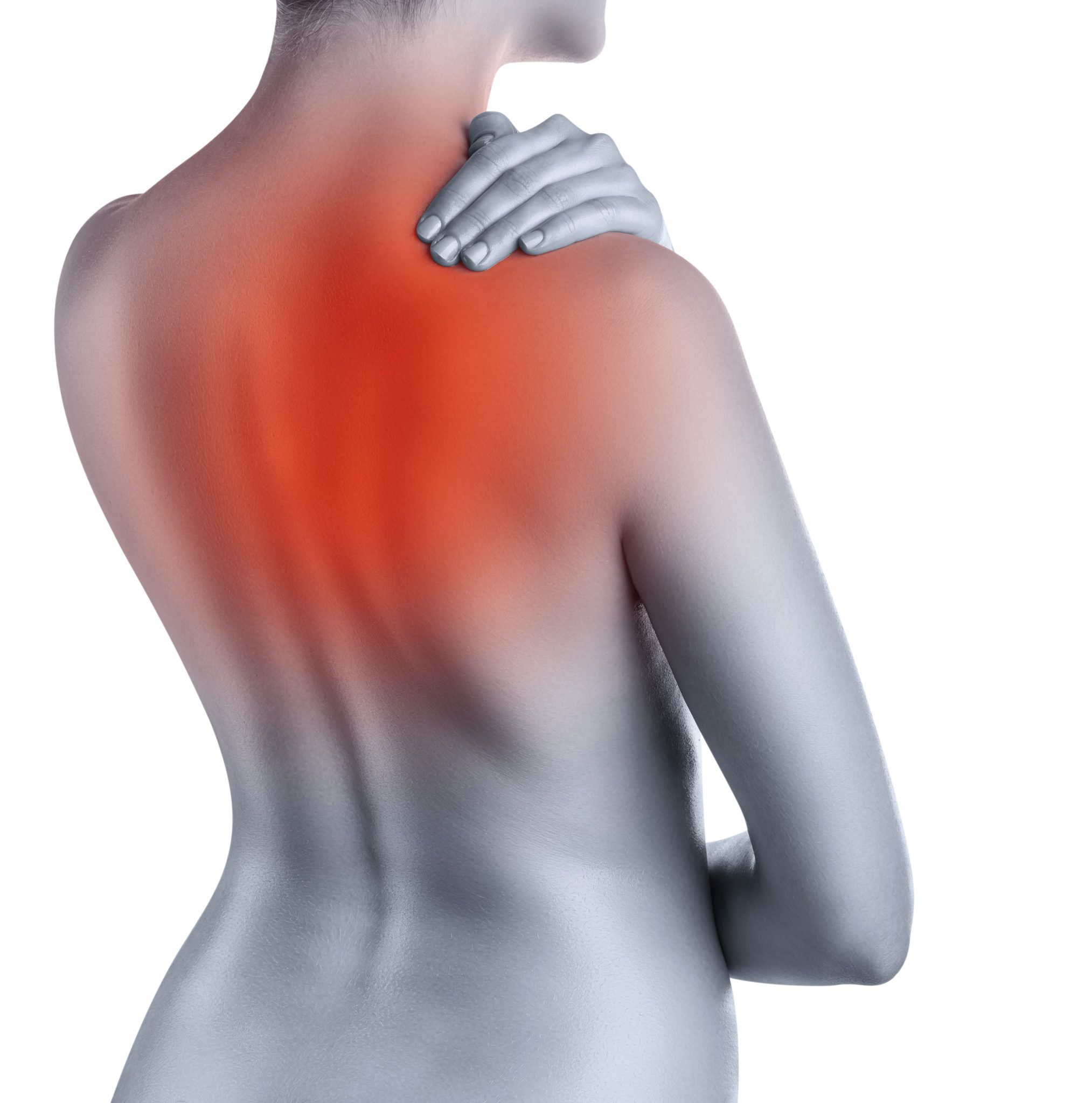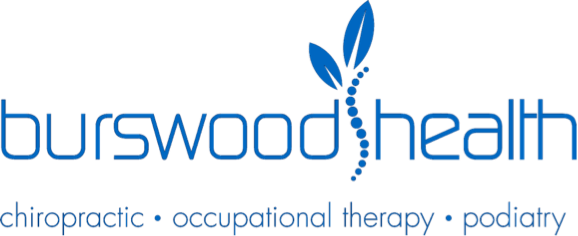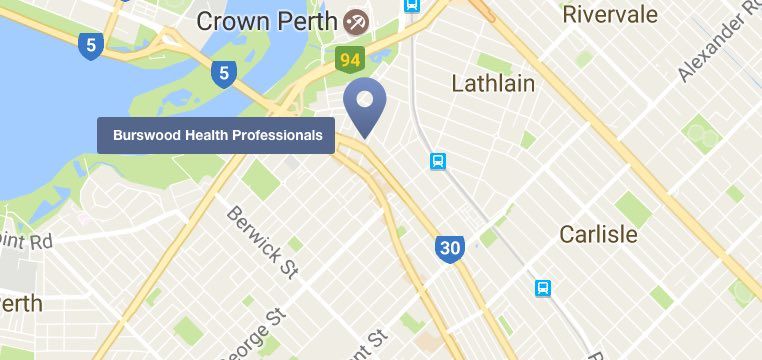Upper Back Pain
What does it actually mean when we refer to "upper back pain"?

What is it?
When we refer to "upper back pain", we're talking about the twelve vertebral segments below your neck (cervical spine) above your lower back (lumbar spine). The terms "middle back" or "mid-back" are also names for this part of your spine.The upper back is called the thoracic spine and is the most stable part of the spine. This is because each thoracic vertebra joins and articulates with a rib on each side. The entire rib cage creates a rather stable support for your thoracic vertebrae. So, in general, this explains why upper back pain isn't as common as lower back pain.
The joints formed by the thoracic vertebrae and ribs are called the costovertebral joints. They allow the rib cage to expand and contract during respiration and also permit movement and flexibility in the thoracic spine. They are also well supplied with nerves.
These joints are like any other joint in the body. When they are properly aligned and moving freely, all is well. If they become jammed or pinched, you can experience sharp pain with movement or chronic mid or upper back ache between the shoulders. Dysfunctional joints send pain signals to the brain to tell us something is wrong.
If you have a problem in your upper back, it can be quite painful. And it often occurs together with neck and/ or shoulder pain. Thoracic joint or rib pain can also radiate to the front or sides of the chest or upper abdomen - mimicking heart, lung or gastrointestinal pain.
Causes of Upper Back Pain
The most common causes are muscular irritation and pain (myofascial pain) and joint dysfunction. One of the less common causes could be a disc injury in the upper back. You can experience upper back pain after trauma or sudden injury, or it can be the consequence of poor postural habits or overuse. Office workers and students often suffer from mid-back pain due to spending long hours on a keyboard with poor posture.
Muscle Pain
The large muscles in your upper back have a very important role. They hold your shoulders back and firmly attached to your rib cage. They also hold your head up and maintain good posture.
Indeed, they are called the 'erector spinae' - because they hold our spine erect. These muscles can, however, become strained and inflammed due to repetitive overuse and poor posture.
That's what we call myofascial pain, and it can be very debilitating. Few people live without ever having experienced muscle pain as a result of trauma, injury, overuse or strain.
Other Pain You Might Feel
Neck Pain
Are you experiencing pain in your neck? Discover the cause of your neck pain.
Joint Dysfunction
Your upper back pain is caused by joint dysfunction. Besides the intervertebral joints and discs, there are 2 other important joints in your upper back - or thoracic spine. These are the two paired costovertebral joints formed by the ribs articulating with each of the 12 thoracic vertebrae. Any dysfunction you may have in these joints, may cause you to feel upper or mid-back pain. And because these joints allow movement during respiration, you may experience pain when taking a deep breath, coughing or sneezing.
Spinal adjustments and manipulation by our chiropractors help to mobilise and realign the affected joint, thereby relieving your pain and discomfort. Sometimes we will combine chiropractic treatment with soft tissue occupational therapy. This usually occurs when a person has chronic or severe pain and needs a variety of treatments aimed at reversing longstanding tissue changes and chronic pain. An exercise program will be prescribed to improve your posture and to stretch your spine and shoulders, and strengthen the muscles in your upper back.
We can help with Upper Back Pain
Our primary focus is to find out the nature and cause of your problem. From there we develop a clinical program which is tailored to your individual situation. The treatment program will combine passive care (manual manipulation, adjustments, acupuncture, laser, etc) and active care (exercises, postural advice, etc). Our chiropractors, occupational therapists and podiatrists recognise that each person is an individual. Our goal is to relieve pain gently and effectively - and to improve strength, balance and function so that you can live and work without pain and with more energy and vitality. We are passionate about getting you out of pain, off the bench and back into the game of life!


